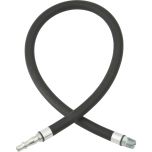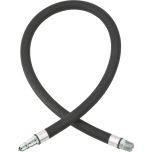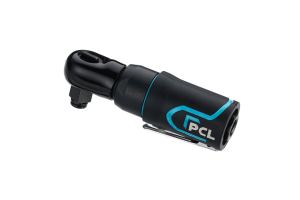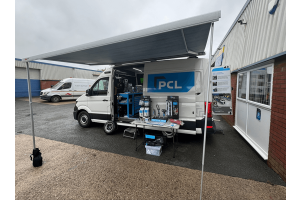The importance of using an air tool anti-whip hose
Coupling connections are subject to Health and Safety regulations due to the vibrations associated with air tool use. Vibrations can cause the quick disconnect couplings to come loose from the tool, leaving the hose to swing erratically due to air pressure released. which can result in severe injury.
To prevent this, safety guidelines recommend fitting an Air Tool Whip Hose between the air tool and the coupling, distancing the air tool from its air supply and stopping the vibration. The hose end of the assembly is screwed directly to the inlet of the tool, whilst the quick disconnect coupling is screwed into the lubricator or filter/lubricator, six feet from the tool. This distance gives the operator safety room if the coupling were to disconnect under pressure.
For exact guidelines, please see HSG 39, which states that “If a quick-acting coupling socket is fitted at the hose end adjacent to the tool, the plug should not be screwed directly into the inlet port but should be fitted onto a short isolation hose (0.5 to 1.5m long), thus isolating the plug and socket from tool vibrations”. The International Standard (ISO 6150:2018) recommends a minimum of 300mm of flexible hose, thus isolating the plug and socket from the tool vibrations. Also see ISO 4414:2010 for safety requirements covering the installation and use of pneumatic equipment.
Watch the video













